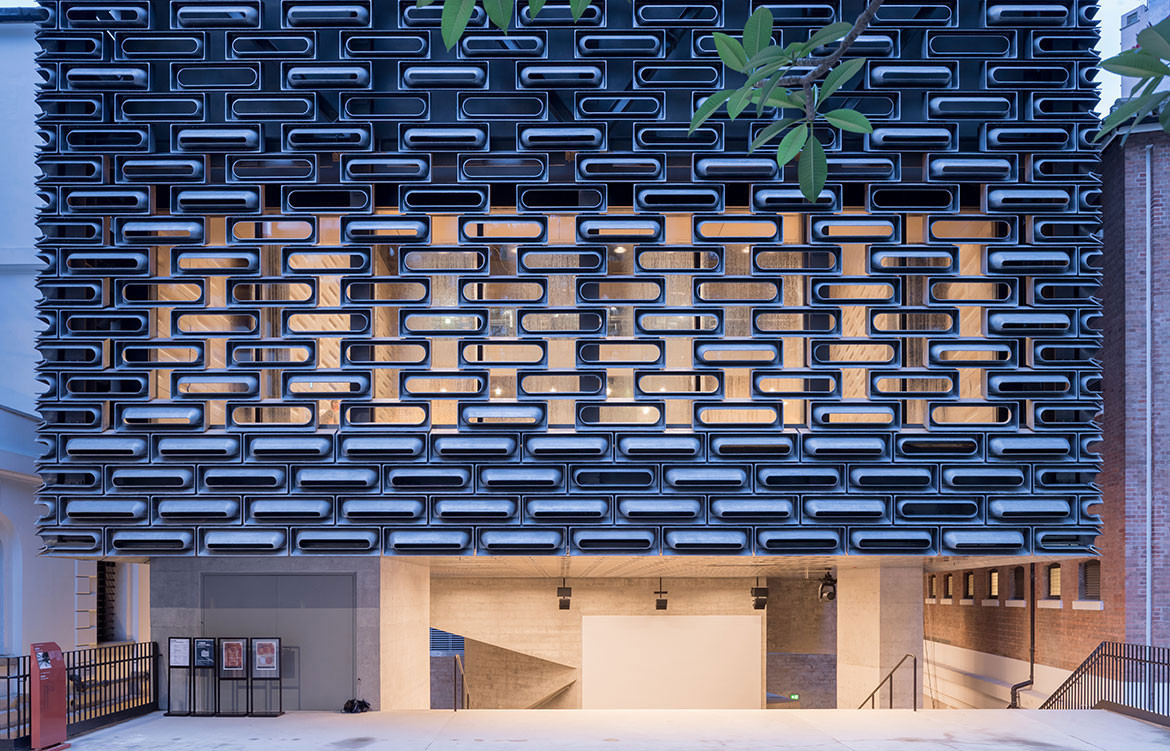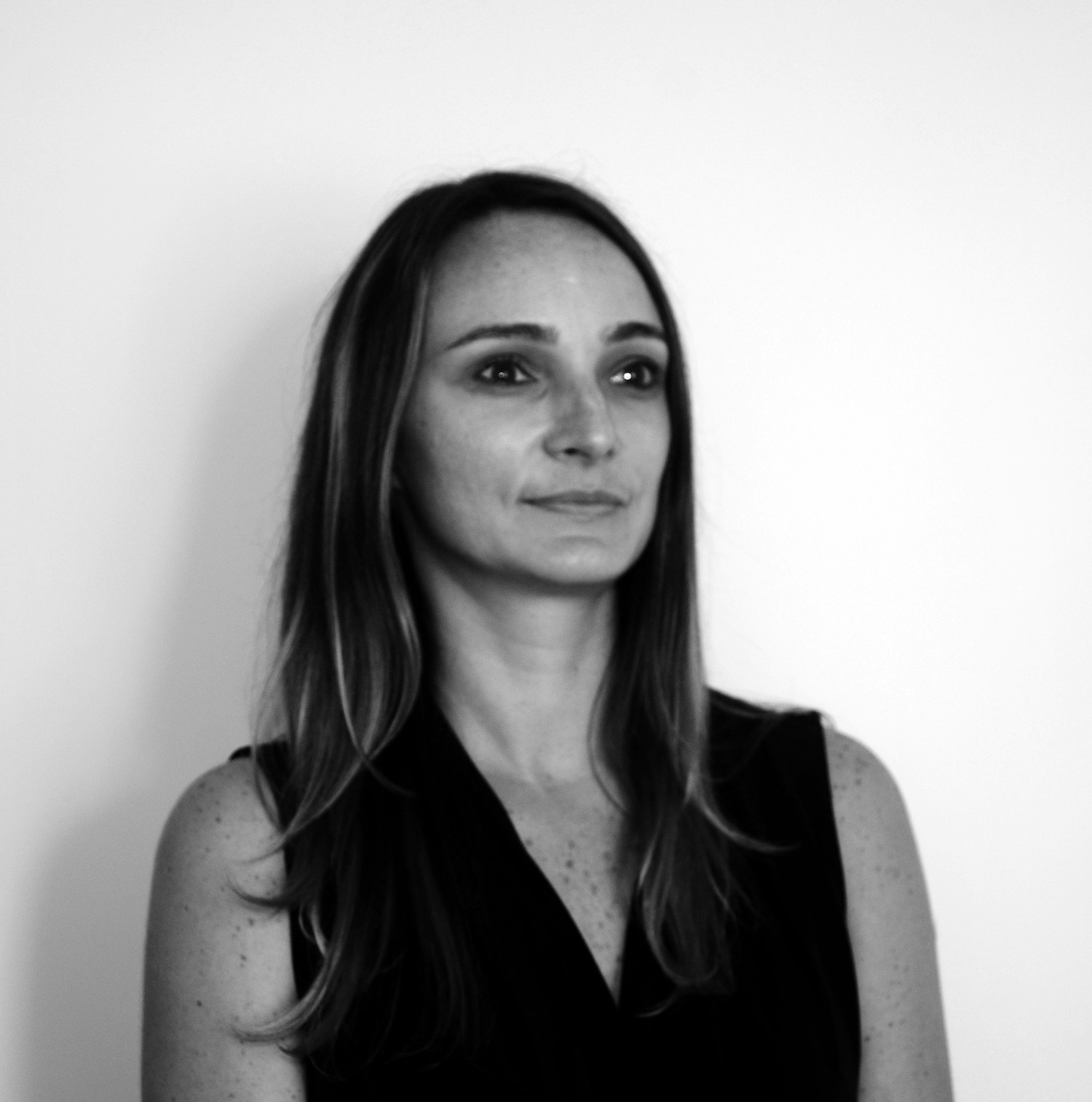With the ever-competing diversity of building typologies and programmes in dense urban environments, big cities often struggle with balancing the pressure of space optimisation and preservation of history. In Hong Kong, one of the densest cities in the world, the new Tai Kwun Centre for Heritage and Arts achieves the balance by adaptively reusing a collection of historic buildings while activating a historic compound with careful interventions that enable art programmes and social spaces.
When Herzog & de Meuron faced the task of revitalising the former Central Police Station, the Central Magistracy and the Victoria Prison on Hong Kong island, the design team wanted to not only preserve the history of the compound but also to create an oasis of openness and public recreation in the heart of an urban jungle. The approach demanded a careful and non-intrusive strategy to create a new public space dedicated to cultural programming via revitalisation of the existing courtyards and buildings and careful addition of new spaces conducive to contemporary art exhibitions and cultural programming.


The resulting intervention allows two new distinct building volumes to float gently above the historic buildings as careful insertions into the existing fabric of the site. Cantilevering above the adjacent structures, the new volumes maximise the buildable floor area while retaining the existing generous courtyards and circulation spaces for gathering and activity.
The new buildings are clad with a cast aluminium façade system that draws references from the scale and proportion of the existing granite blocks of the revetment wall surrounding the site. The buildings deliberately set themselves apart from the existing collection of historical buildings and create a symbiotic relationship between the old and the new. The façade, apart from drawing references from its context, is also a response to Hong Kong’s subtropical climate, addressing sun shading and rain protection. Its textural quality reduces the reflectivity and glare during the daytime.


“We adopted this strategy of working with, instead of against, the existing material world of objects because we found it natural and inspiring, often resulting in unexpected and innovative results,” says Jacques Herzog of the strategy that defines Herzog & de Meuron’s practice and its inspiring approach to Hong Kong’s latest cultural hub.
Herzog & de Meuron
herzogdemeuron.com






We think you might also like this profile on Luke Yeng of Architectkidd












